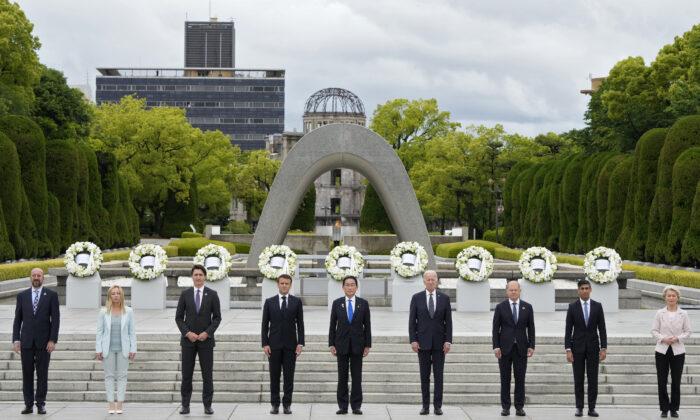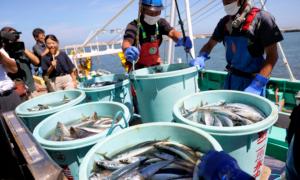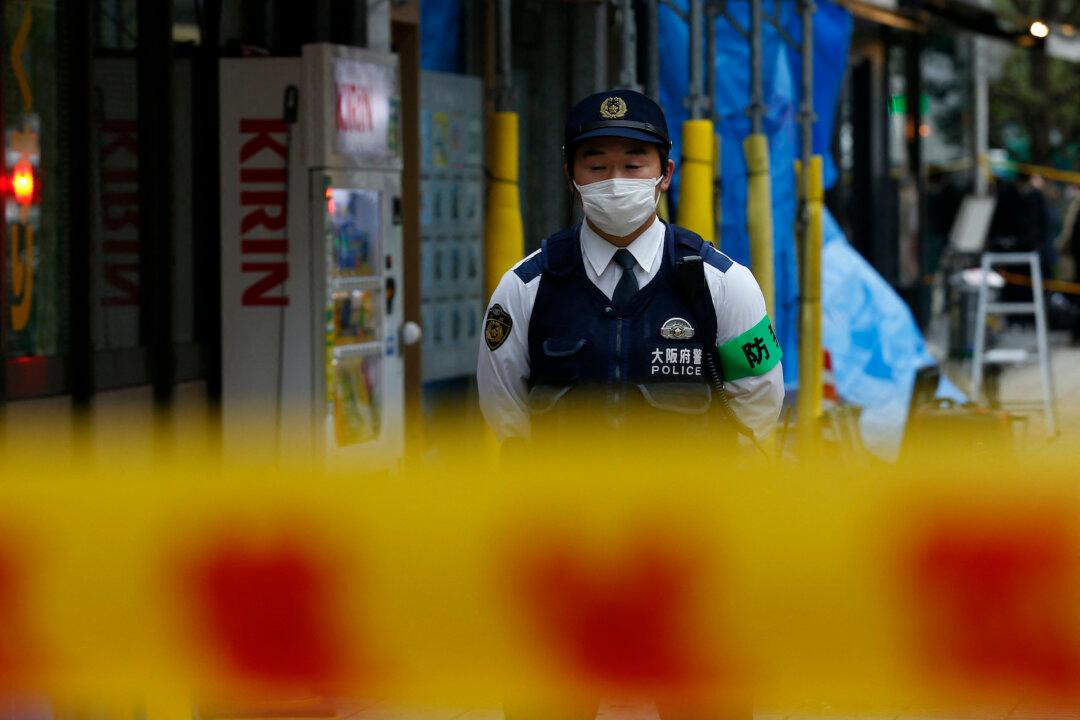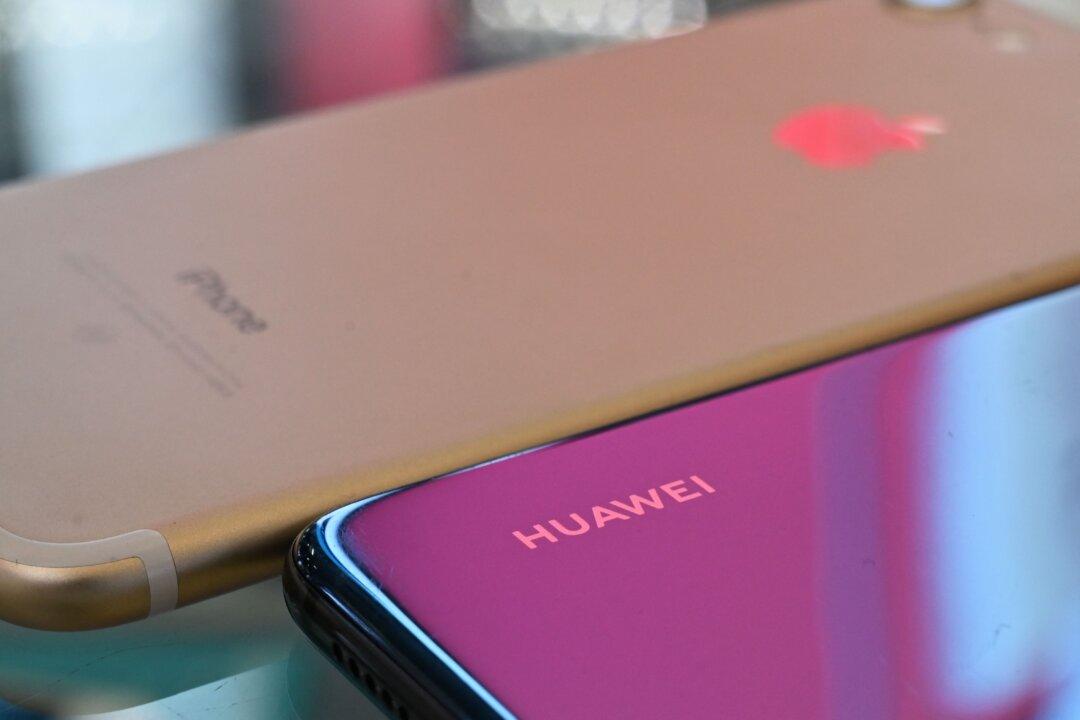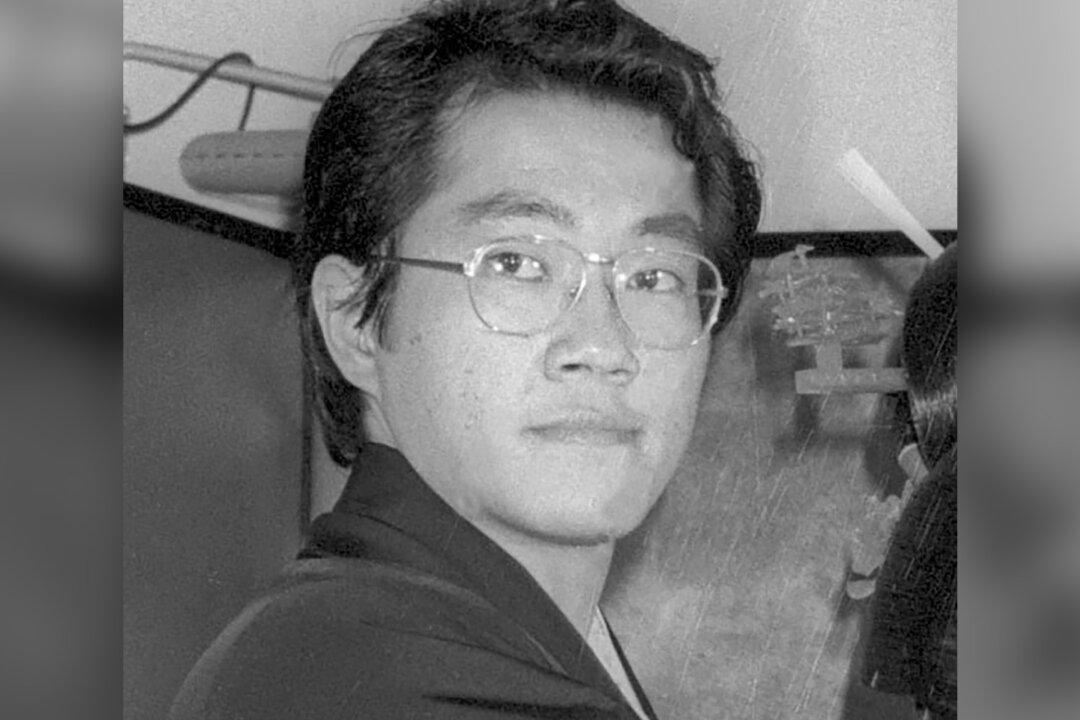In a significant move during the G7 trade ministers’ meeting in Osaka, Japan, a joint declaration was made advocating for the swift repeal of international bans on Japanese seafood imports. This initiative comes against the backdrop of intensified scrutiny over China’s aquatic products, which have reportedly surpassed acceptable heavy metal limits.
The meeting concluded on Oct. 29, and culminated in a unified call to action, urging the prompt elimination of embargoes that hinder the trade of Japanese aquatic goods, which also includes the latest import restrictions on Japanese foods. Although no direct references were made, the statement appeared to implicitly challenge the Chinese Communist Party (CCP), demanding an end to the embargo on Japanese food items.
The G7—an assembly of Canada, France, Germany, Italy, Japan, the United Kingdom, and the United States—a issued a forthright condemnation: “We deplore actions to weaponize economic dependencies and commit to building on free, fair, and mutually beneficial economic and trade relationships.”
Yasutoshi Nishimura, the Japanese minister of economy, trade and industry, expressed satisfaction with the meeting’s outcomes, noting that Japan’s perspectives were effectively conveyed and met with considerable endorsement from the G7 counterparts.
This occasion marks an historical first, with the G7 officially addressing the issue of Japanese food import regulations in a global forum following the planned release of treated water from the Fukushima Daiichi Nuclear Power Station.
Japanese authorities disclosed that the country’s seafood exports to China plummeted by an astonishing 99.3 percent year over year in September, dealing a severe blow to Japan’s fishing industry. In a supportive move, the U.S. military has contracted with Japan for a long-term seafood supply, a gesture seen as counterbalancing the CCP’s economic pressures.
Earlier, on July 4, the Japanese government’s decision-making process regarding the release of treated water into the ocean was informed by a report from the International Atomic Energy Agency, affirming the operation’s safety.
Subsequently, Tokyo Electric Power Company initiated the release on Aug. 24. Coinciding with this event, the Chinese Customs Administration broadcast a comprehensive cessation of Japanese aquatic imports on their official portal. Adding to the trade tensions, Russia announced on Oct. 16 that it would temporarily curtail the import of Japanese fish and aquatic products, effective immediately.

Japan’s Aquatic Exports to China Suffer 99.3 Percent Drop in September
The ministry of finance in Japan revealed startling figures on Oct. 27, indicating a precipitous 99.3 percent fall in September’s exports of aquatic products to China, which include canned and processed items. The exports are valued at ¥58.68 million (around $390,000), a stark contrast to the previous year’s numbers for the same month.A notable casualty in this export downturn is the scallop trade, traditionally a mainstay in Japan’s aquatic exports to China, which alarmingly dwindled to nil. Of the surviving exports, ornamental koi carp emerged as a significant segment, commanding ¥55.45 million (about $368,700). The remaining figures were credited to processed products.
In Hong Kong, still subject to partial import curbs on Japanese aquatic goods, seafood exports saw an 8.6 percent dip, settling at ¥3.71742 billion (about $25 million).
In a separate report from Oct. 19 by Hakodate Customs in Hokkaido, the northern prefecture’s aquatic exports to China—including processed goods—hit rock bottom, recording a zero for September.
Conversely, exports of commodities like scallops to the United States saw an impressive surge to ¥1.68 billion (roughly $11 million), a surge of 1,273 times the amount from the same period last year. This shift comes as a direct reaction to the prior practice where Hokkaido scallops were sent to China for initial processing before heading to the U.S. market. Now, these scallops are directly exported from Hokkaido to the U.S. shores.
In an assertive response to the CCP’s sweeping ban on Japanese aquatic imports, on Oct. 30, the U.S. military established a long-term agreement for the purchase of Japanese scallops.
The strategic purchase aims to bolster the supply to dining facilities for U.S. forces stationed in Japan and aboard vessels, with additional distribution across military base stores and restaurants. U.S. Ambassador to Japan, Rahm Emanuel, affirmed the solidarity between Japan and the United States in confronting the economic maneuvers of the Chinese Communist Party.
Ambassador Emanuel advocated for unity against economic pressure, stating, “The best way we have proven in all the instances to kind of wear out China’s economic coercion is [to] come to the aid and assistance of the targeted country or industry.”

Concerns Escalate Over Heavy Metal Levels in Chinese Seafood
Recent consumer reports from China have sparked a fresh wave of anxiety over seafood safety.Song Qi (a pseudonym), a resident of Changchun, Jilin, shared his observations with The Epoch Times. Amid media frenzies around Japan’s nuclear contamination and the alleged resulting black seas and fish deaths, there’s palpable public trepidation toward seafood consumption.
However, Song noted a contrasting scene in Shandong during the “Eleventh” holiday period, where locals and visitors alike indulged in pricey seafood, including crabs. He recounts a Beijing tourist’s claim that the excessive heavy metal content in Chinese seafood poses a more significant health risk than its Japanese counterpart, citing transparency in Japan as a reassuring factor.
An investigative study by the Chinese group ‘Toxin-Free Pioneers’ in September 2018 underscores this concern. The group tested mud crab roe sourced from seven locations across four major e-commerce platforms: JD.com, Taobao, YHD.com, and Womai.com, a subsidiary of COFCO, a Chinese state-owned food-processing company.
The findings were alarming; cadmium levels, for example, in crab roe from all vendors were contaminated beyond safe limits. The most egregious example was crabs from Zhoushan, Zhejiang, with cadmium levels in the roe soaring to 23 times above the acceptable standard.
Further testing in December 2018 on Qingdao, Shandong crab roe purchased from Taobao revealed cadmium contamination at 17.6 times the permissible limit. Collating data from both testing phases, the results were staggering: a 0 percent pass rate for the sampled crab roe.
The ‘Toxin-Free Pioneers’ report also highlighted that heavy metal contamination is not just confined to larger seafood items but also is prevalent in smaller species commonly consumed by the public.
The collected data culminated in the report, “What Will Save You, Heavy Metal-Contaminated Seafood?” which clearly states that all referenced standards are based on the “National Food Safety Standard: Limits for Contaminants in Food,” unless stated otherwise. This report casts a long shadow over the safety of domestically consumed seafood and raises questions about the efficacy of current regulatory measures.
